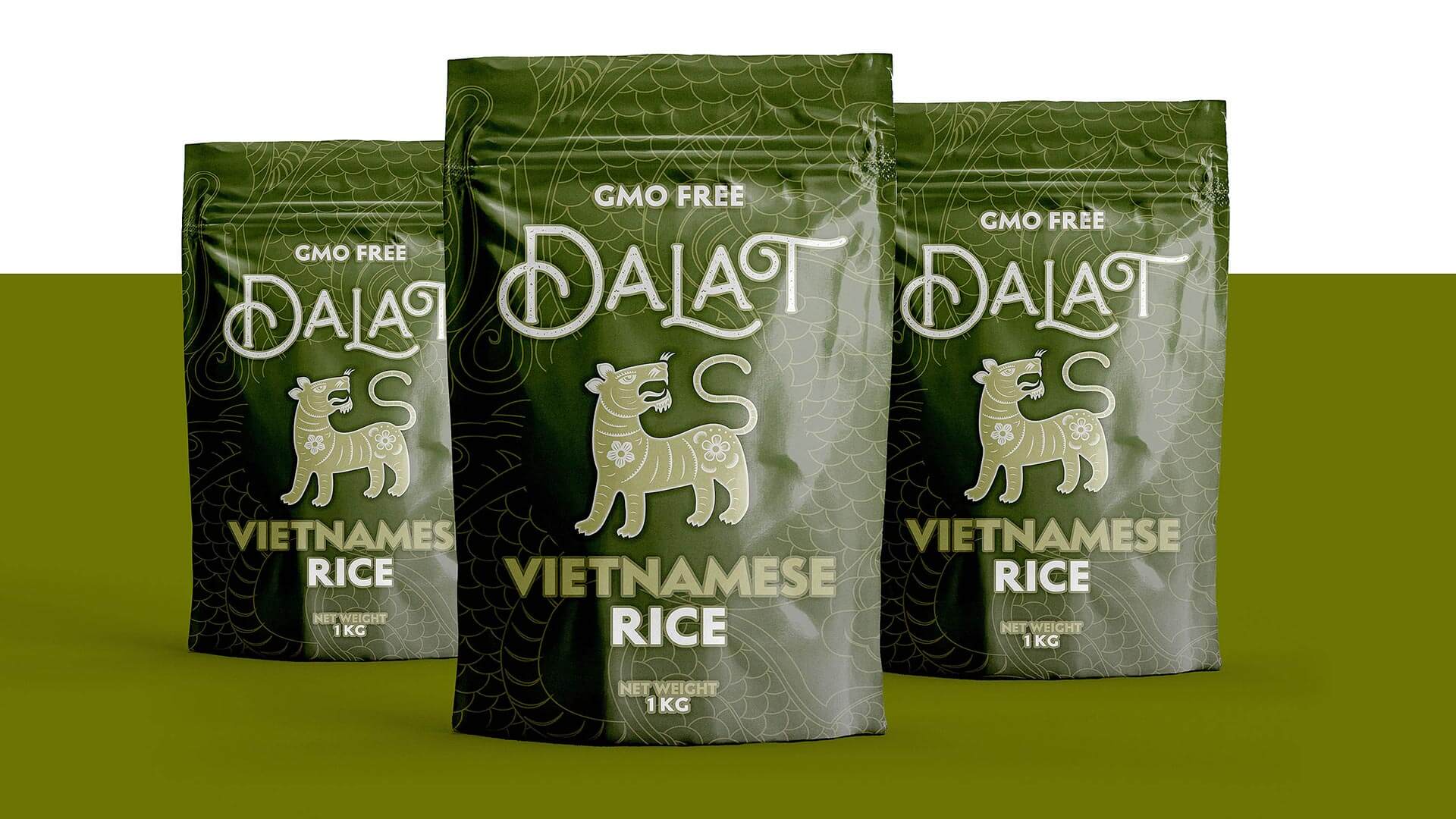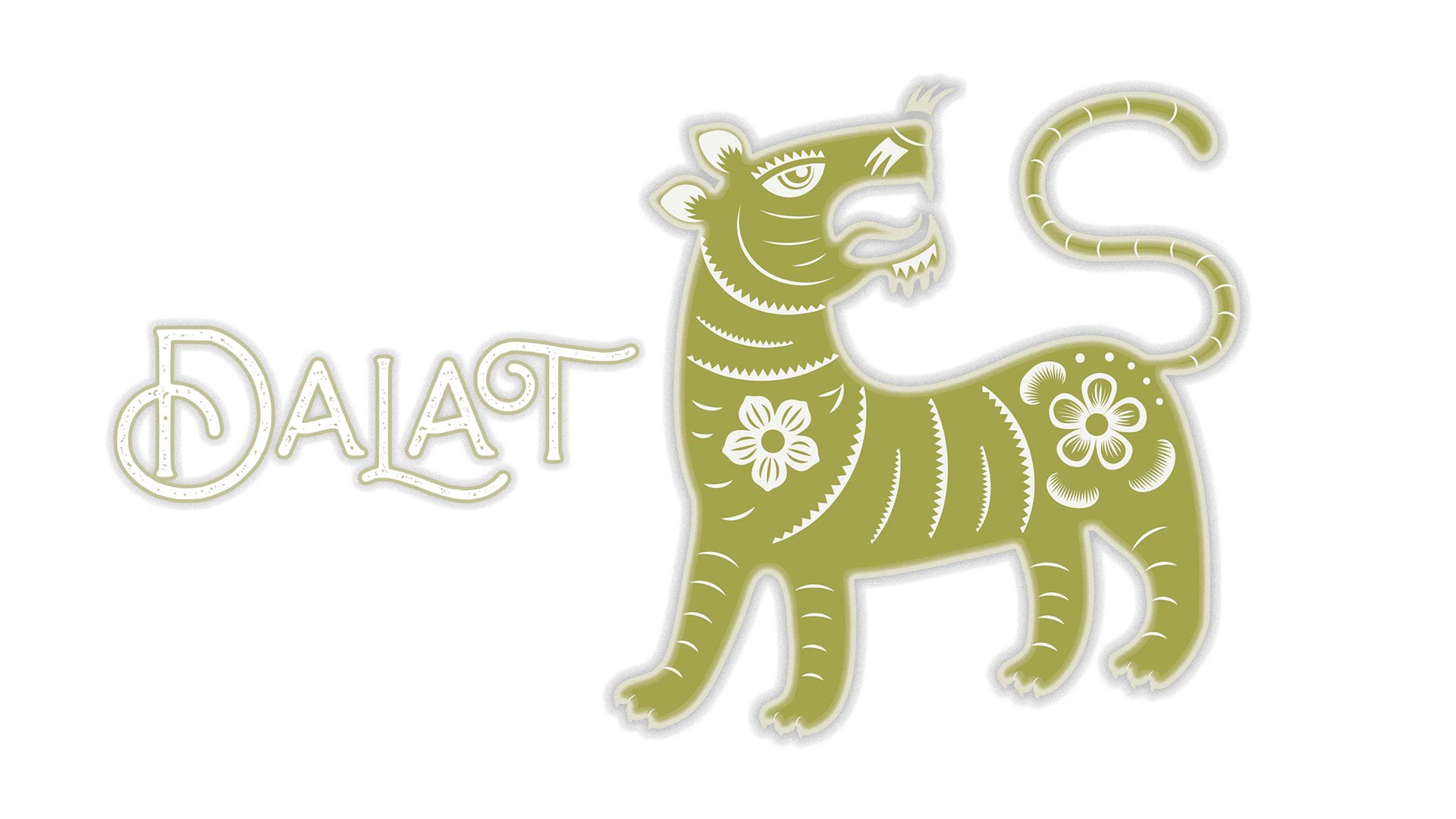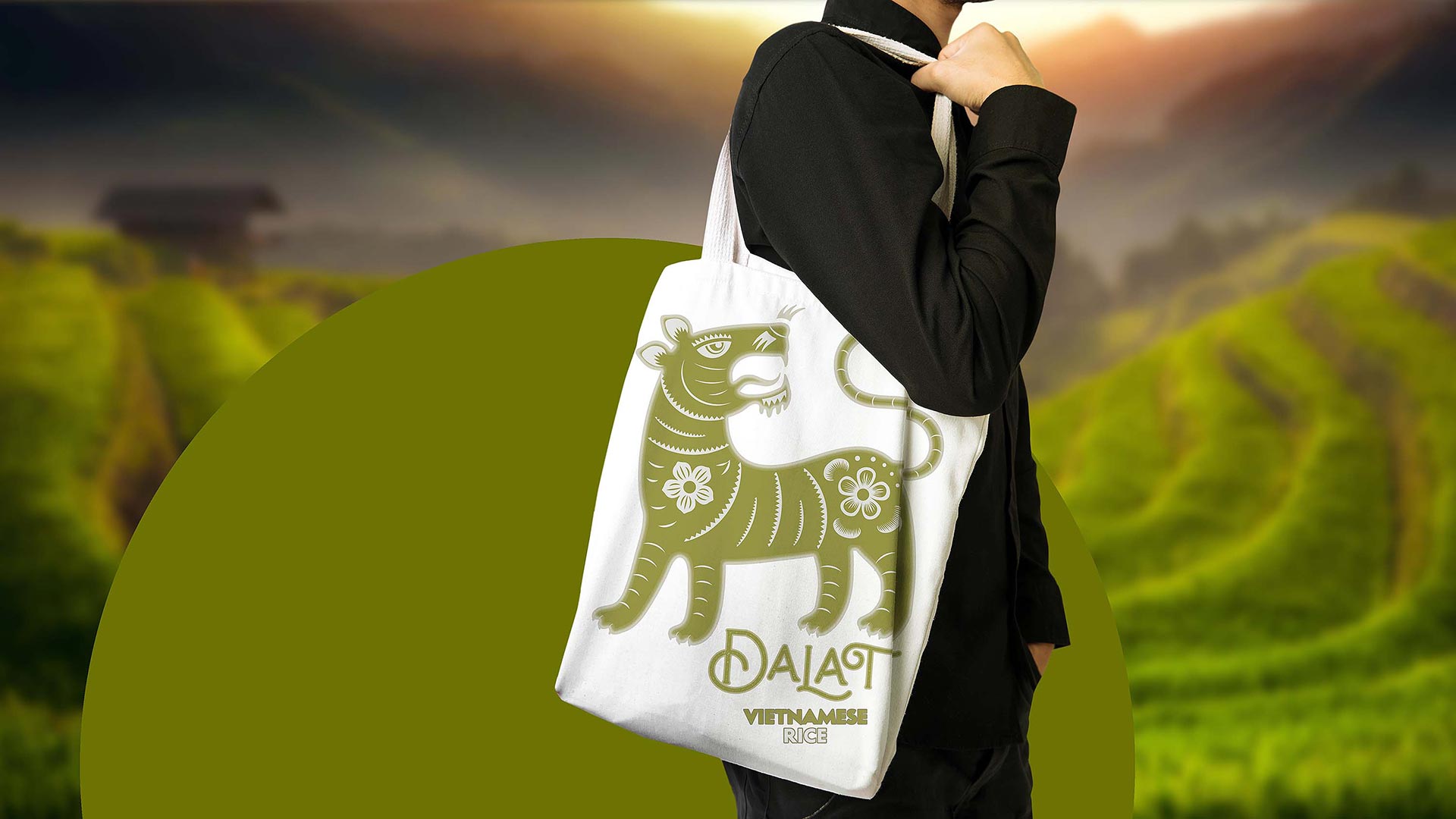Among the key products exported is Vietnamese rice, a staple food that plays a central role in Vietnamese cuisine. Grown abundantly in the fertile Mekong Delta and other regions, Vietnamese rice is a fundamental part of the country’s diet. Here are some essential aspects:
Types of Rice:
- White Rice (Gạo Trắng): The most common type, polished to remove the outer layers, leaving the starchy endosperm.
- Fragrant Rice (Gạo Thơm): Varieties like Jasmine rice, known for its aroma and slightly sticky texture.
- Sticky Rice (Gạo Nếp): Also called glutinous rice, used in desserts and certain savory dishes.
Rice Dishes:
- Com (Cơm): Cooked rice, the foundation of many Vietnamese meals served with various side dishes.
- Pho (Phở): A noodle soup with rice noodles, broth, and meat, often beef or chicken, along with herbs and condiments.
- Bánh Cuốn: Thin sheets of steamed rice batter filled with ingredients like ground pork, served with nuoc mam (fish sauce) and herbs.
- Cơm Niêu: Broken rice served with grilled pork, pork skin, and fish sauce.
Vietnam has a rich history of rice cultivation, with rice paddies being a common sight in rural areas. The geography, especially the Mekong Delta and Red River Delta, provides fertile plains for cultivation.
Beyond being a food source, rice holds cultural significance in Vietnam, symbolizing life and prosperity. It is featured prominently in traditional ceremonies and festivals.
Vietnam stands as one of the world’s major rice exporters, contributing significantly to the country’s economy and providing employment for a substantial portion of the population.
In summary, Vietnamese rice is a versatile and indispensable element in Vietnamese cuisine and culture, shaping culinary traditions and daily life.
Why we named our product with this name?
A well-chosen name can help to create a strong emotional connection with consumers, convey the brand’s values and personality, and differentiate the brand from its competitors. This name reflects the city’s location in the Central Highlands region of Vietnam, which is surrounded by rivers and lush vegetation, and is known for its natural beauty and abundance of natural resources. Additionally, the name “Dalat” also carries cultural significance and reflects the importance of the region to the Vietnamese people. This name, which is easy to say in an audiophonic sense, has the same advantage of being pronounced in different languages.
The tiger has played a significant role in Vietnamese culture and history for centuries. In Vietnamese mythology, the tiger is a symbol of strength, power, and courage, and is often depicted as a protector of villages and people. In addition to its cultural significance, tigers have also been an important part of Vietnam’s biodiversity. Mascots are often designed to be fun, friendly, and approachable, which can help to humanize the brand and make it more relatable to consumers. Additionally, mascots can help to differentiate the brand from its competitors.




